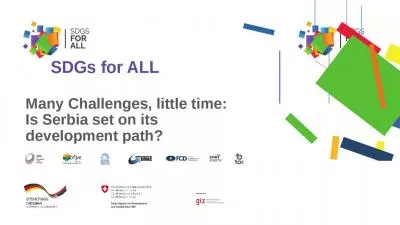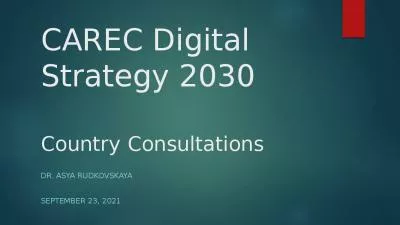PPT-Innovating Governance to Implement SDGs 2030
Author : aaron | Published Date : 2017-05-07
by Mammo Muchie DSTNRF Research Professor Tshwane University of Technologyamp TMDC Oxford University UK amp UoGondar and ASTU Ethiopia Invited as Professorial Research
Presentation Embed Code
Download Presentation
Download Presentation The PPT/PDF document "Innovating Governance to Implement SDGs ..." is the property of its rightful owner. Permission is granted to download and print the materials on this website for personal, non-commercial use only, and to display it on your personal computer provided you do not modify the materials and that you retain all copyright notices contained in the materials. By downloading content from our website, you accept the terms of this agreement.
Innovating Governance to Implement SDGs 2030: Transcript
Download Rules Of Document
"Innovating Governance to Implement SDGs 2030"The content belongs to its owner. You may download and print it for personal use, without modification, and keep all copyright notices. By downloading, you agree to these terms.
Related Documents

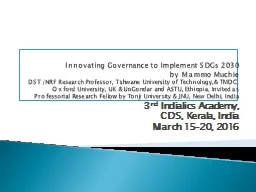
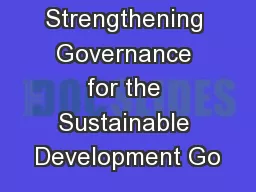
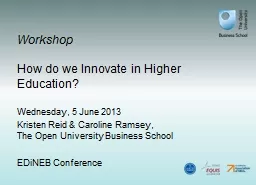
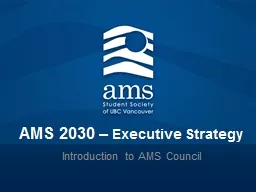
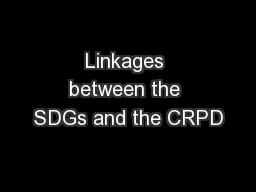
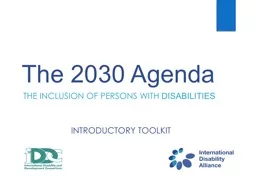
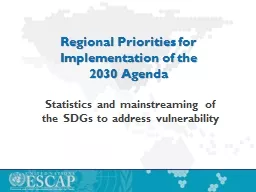
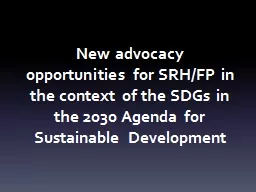
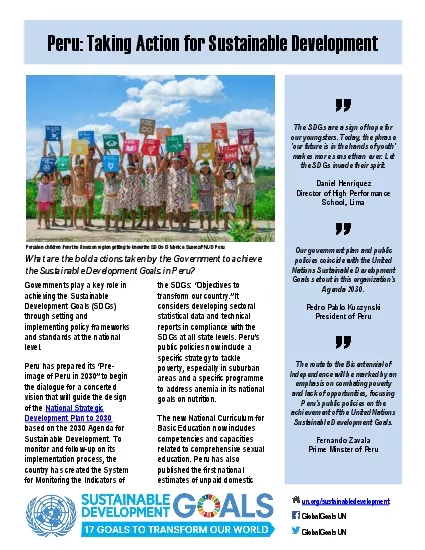
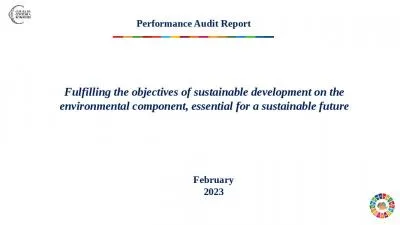
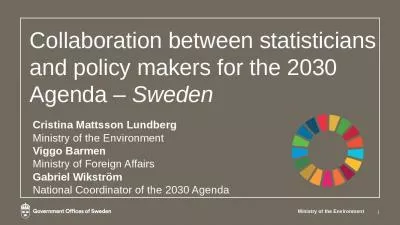
![Figure 3: Renewables shares 2017-2030 [%]. The renewables shares is calculated as defined](https://thumbs.docslides.com/1063125/figure-3-renewables-shares-2017-2030-the-renewables-shares-is-calculated-as-defined-in-the-re-directive-eurostat-2018.jpg)
